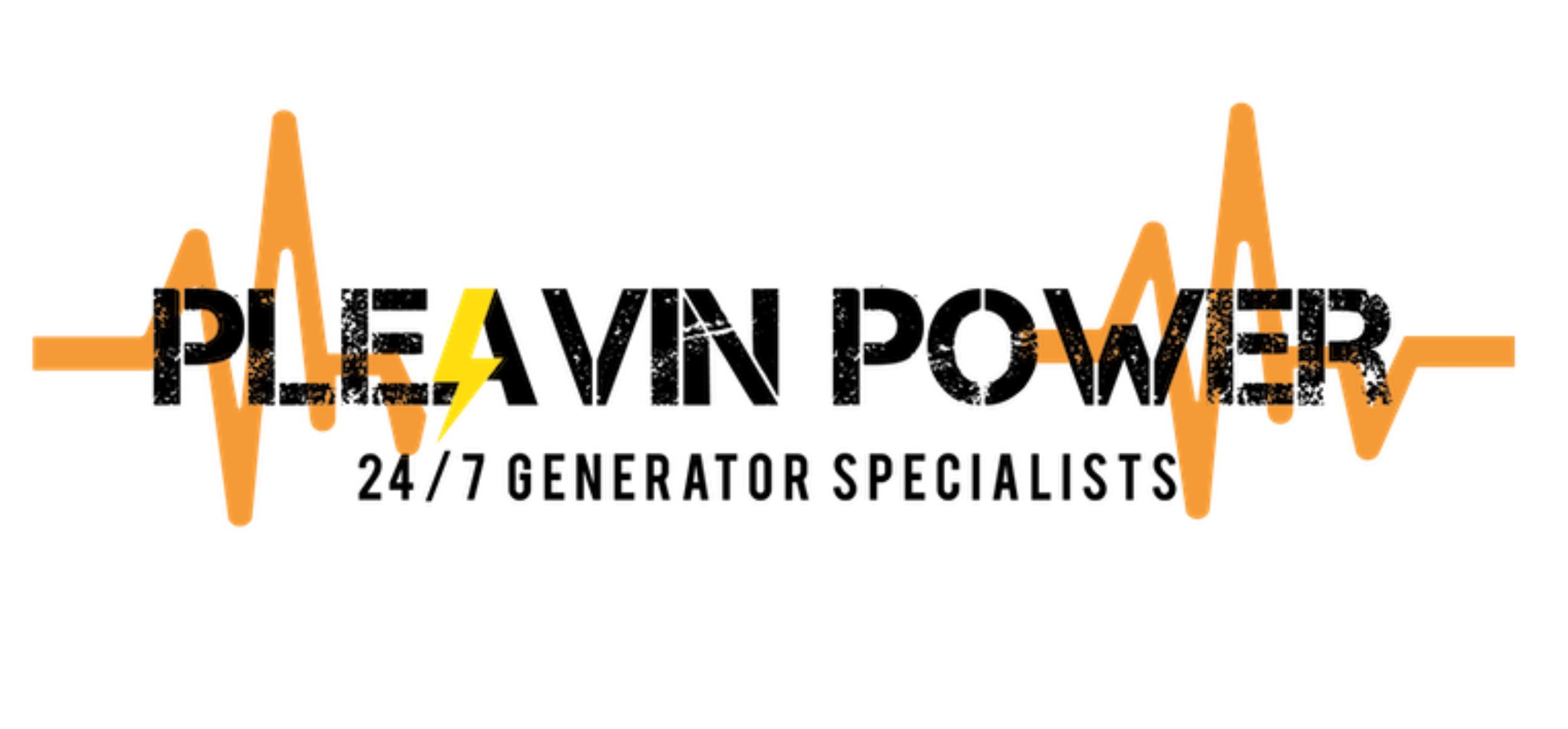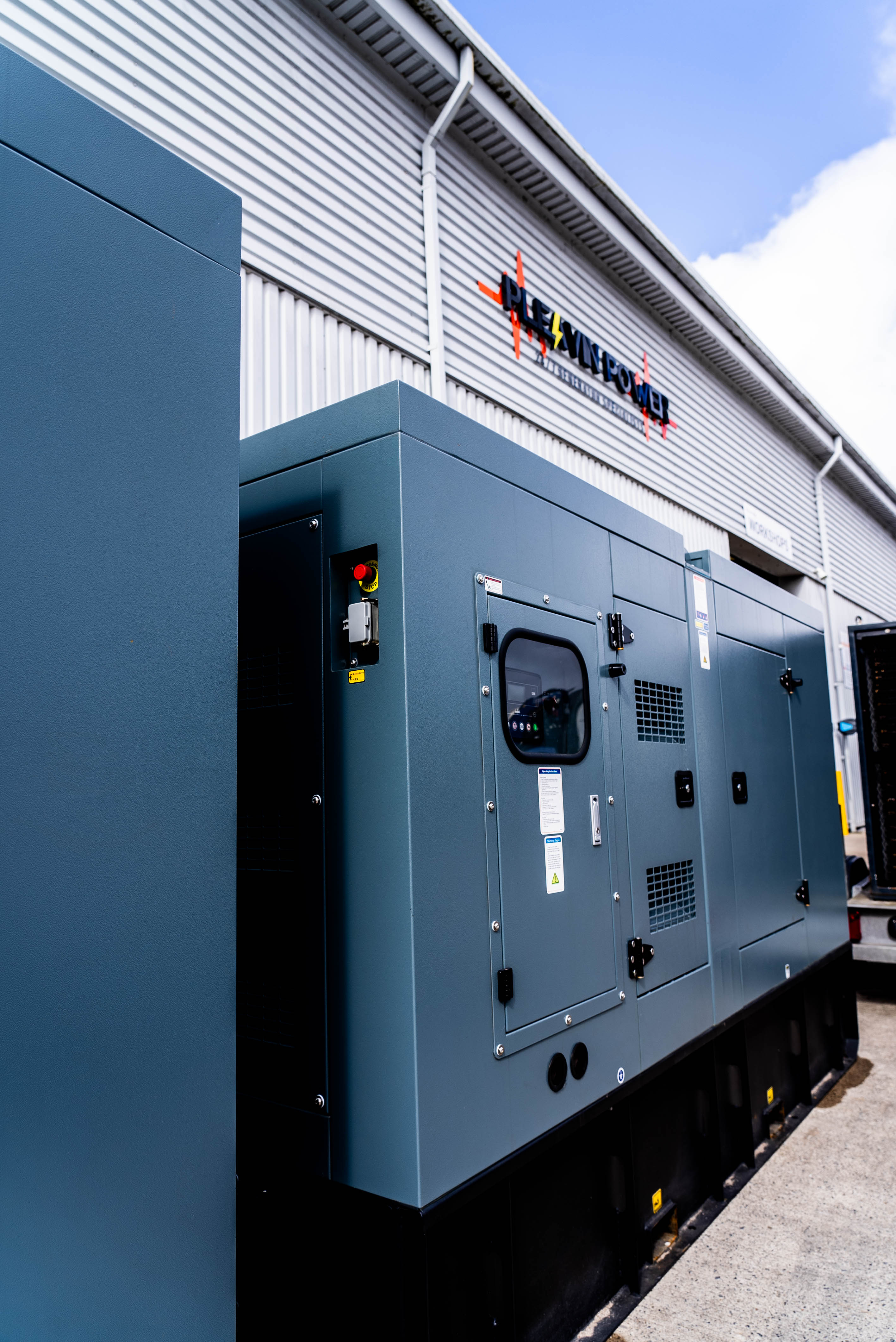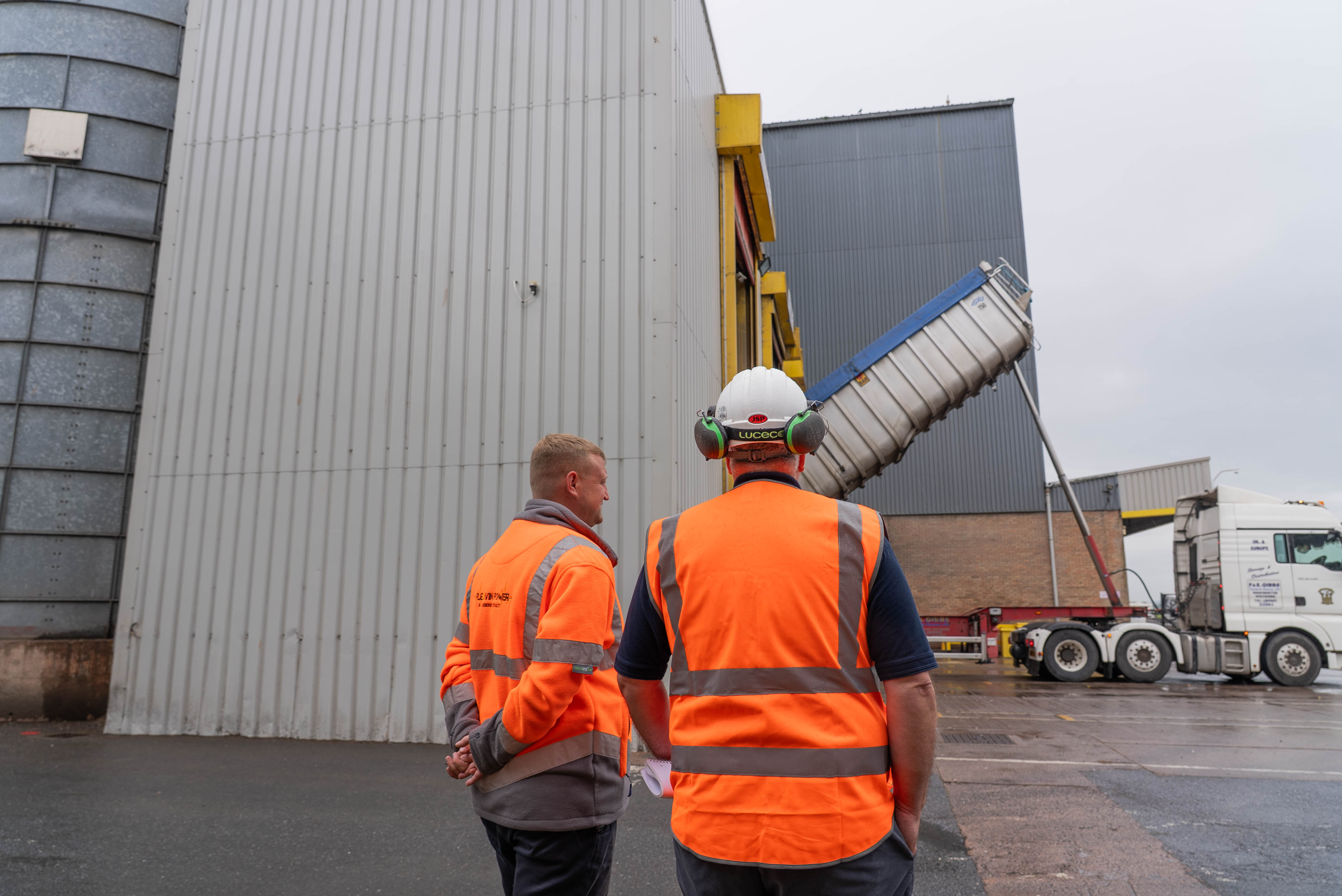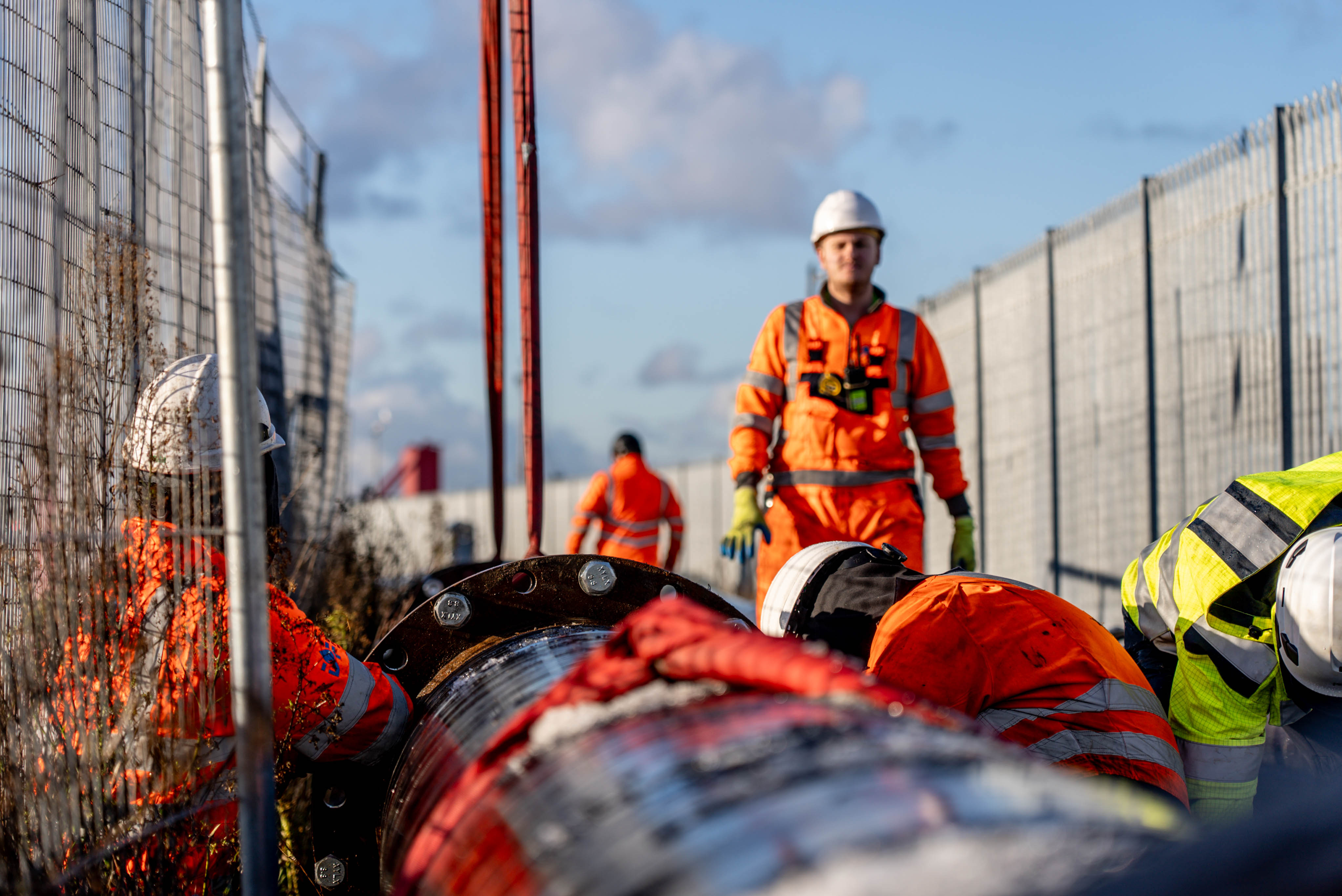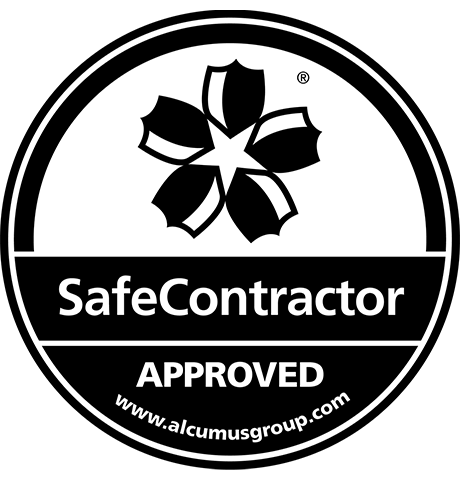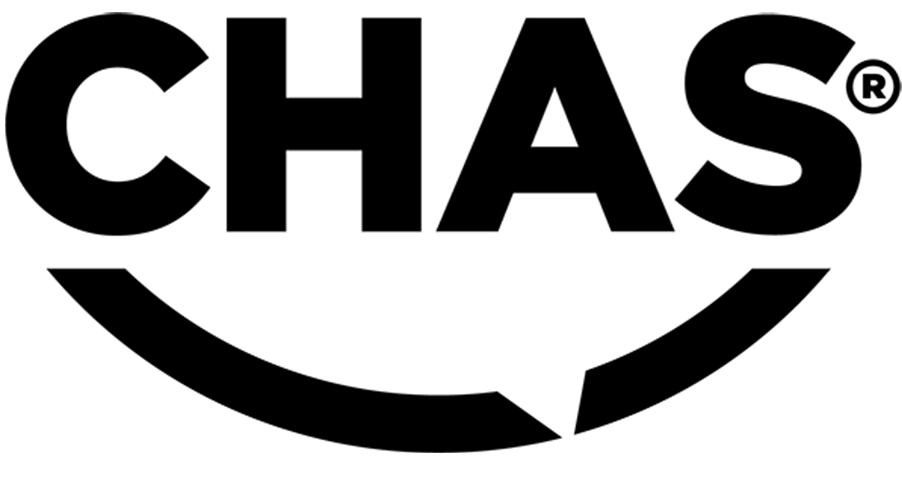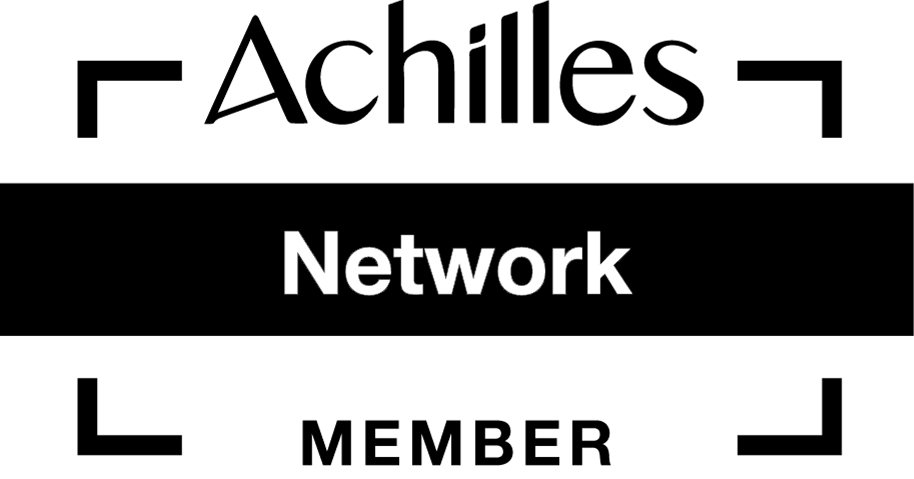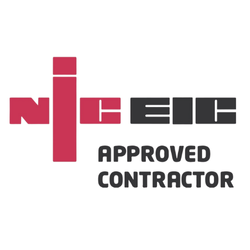Power outages can strike without warning, leading to severe consequences for businesses such as lost revenue, disrupted operations and potential damage to sensitive equipment. That’s why having a backup generator is a necessity.
But when it comes time to invest in one, it can be difficult to know what size is best. Getting this key decision right is critical. A generator that’s too small won’t provide sufficient support for your operations, while one that’s too large can lead to inefficiency and unnecessary expense.
Why Generator Sizing Matters for Businesses
Generator sizing isn’t a one-size-fits-all approach. It all depends on the needs of the business and what the generator will primarily be used for.
It’s well worth getting an expert opinion when researching which generator to hire or buy. It really matters, as a generator that’s too small won’t be able to handle your electrical load, leading to performance issues or perhaps even equipment damage.
On the other hand, an oversized generator may make a larger-than-necessary dent in your budget, as well as being inefficient in terms of fuel consumption.
Choose the right size, and your business will benefit from:
- Seamless transition to emergency backup power during outages
- Optimal fuel efficiency
- Longer equipment lifespan
- Reduced risk of overloading and downtime.
Ultimately, choosing the right generator size gives you complete peace of mind that you can continue business operations with minimal disruption during both planned maintenance and unexpected power cuts.
Understanding Power Ratings: kW vs kVA
When researching generators, you’ll often see two ratings: kilowatts (kW) and kilovolt-amperes (kVA). Understanding these measurements is important if you’re aiming to select the right unit for your business.
- kW (kilowatts) measures real power – this is the actual usable power the generator provides to run your equipment.
- kVA (kilovolt-amperes) represents apparent power – this includes both real power and reactive power (caused by inductive loads such as motors and transformers).
The difference between these two depends on the power factor (PF), which typically ranges from 0.8 to 1.0 for most commercial applications.
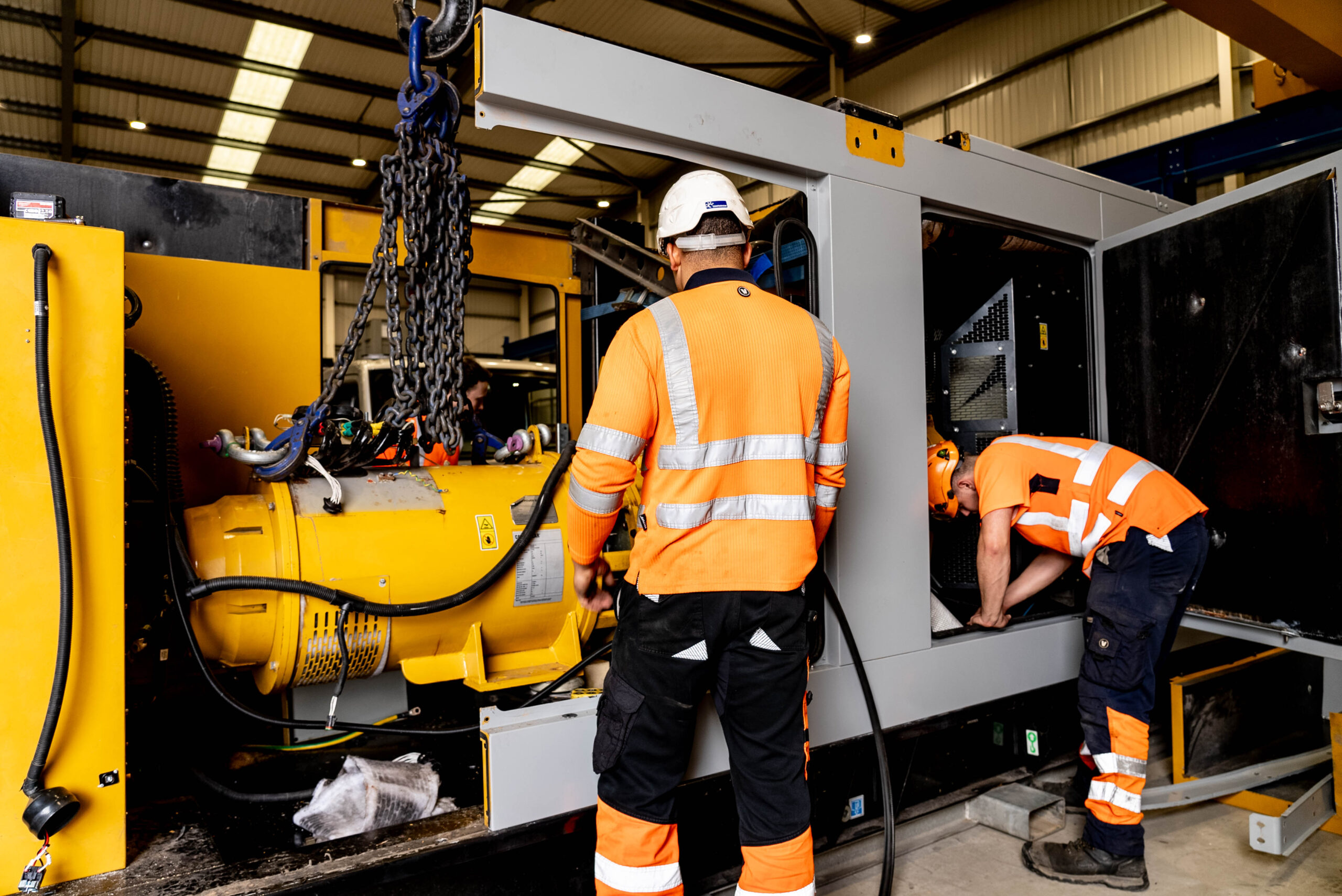
Why Generators Are Rated in kVA
Generators are typically rated in kVA because it provides a more general measurement that accommodates both real and reactive power loads.
Not all electrical systems operate at a perfect power factor, so using kVA offers a more universal standard for manufacturers and installers, which helps people understand kVA ratings. It ensures that the generator can handle the combined demand, even when reactive loads are present.
For example, a generator rated at 100 kVA with a power factor of 0.8 can provide 80 kW of real power.
How to Calculate Your Power Requirements
If you’re asking what kVA generator you need, the first step is to work out your total electrical load.
Here’s how to approach it:
1. List All Equipment
Identify all appliances, machines, lighting, HVAC systems and other critical electrical loads your business needs to operate during a power outage.
2. Determine Starting Vs. Running Loads
Many devices, especially motors and compressors, require more power to start than to run. These “surge” or “starting” watts must be factored into your calculations.
3. Calculate The Total Power Requirement
Add up the total running watts and the highest starting watt requirement. You can then convert watts to kVA using this formula:
kVA = Total Watts / (Power Factor × 1,000)
For example, if your business requires 80,000 watts (80 kW) and your power factor is 0.8:
80,000 / (0.8 × 1,000) = 100 kVA
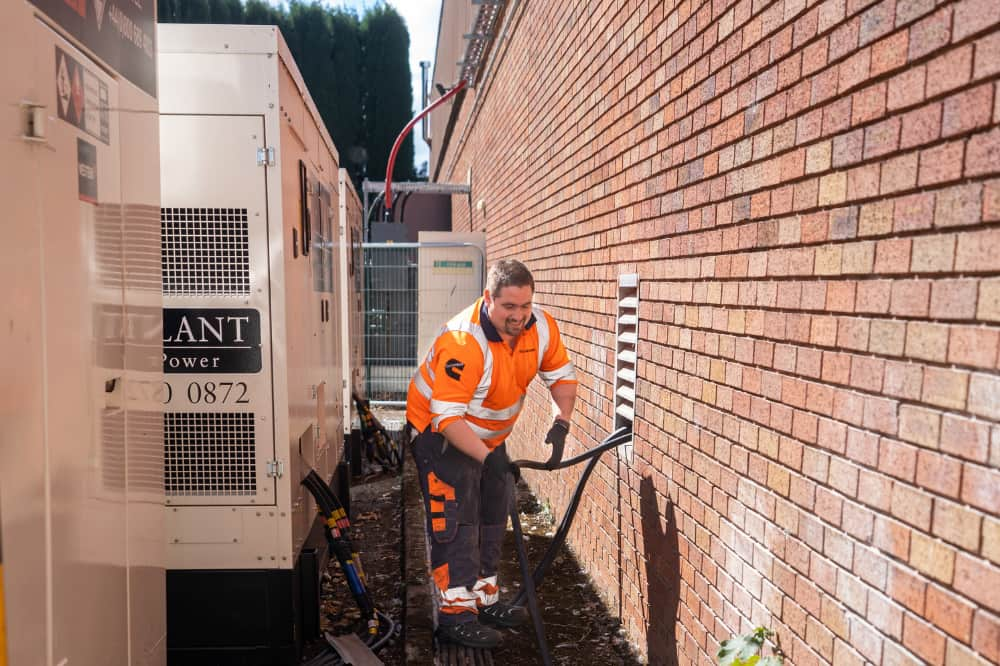
4. Factor in Future Growth
It’s also important to consider any expansions or equipment additions planned or expected over the next few years. It’s wise to choose a generator that can handle just a bit more than your current load.
5. Consult a Specialist
While you can perform a basic load calculation yourself, it’s highly recommended to work with a qualified electrician or generator supplier. They can perform a load assessment to ensure you select the most efficient and reliable unit for your needs.
So if you’re still unsure how to calculate generator kVA for your business, it could be best to contact a professional generator sales company.
Common Sizing Mistakes to Avoid
Choosing the wrong generator size is a common mistake, one which can unfortunately turn out to be very costly.
Here are some pitfalls to watch out for:
- Guesswork or estimation – you should never guess your power requirements. Always use actual data and consult a professional.
- Ignoring starting loads – underestimating startup power can cause your generator to trip or damage connected devices.
- Overlooking phase type – not all generators are single-phase or three-phase compatible, so you need to make sure your generator matches your electrical system.
- Skipping future planning – only sizing for current loads may mean expensive upgrades later.
- Not considering runtime needs – it’s important to think about how long you need backup power for, as this affects not just generator size but also fuel storage and efficiency too.
Avoiding these errors can save your business from downtime, unexpected costs and long-term operational headaches.

